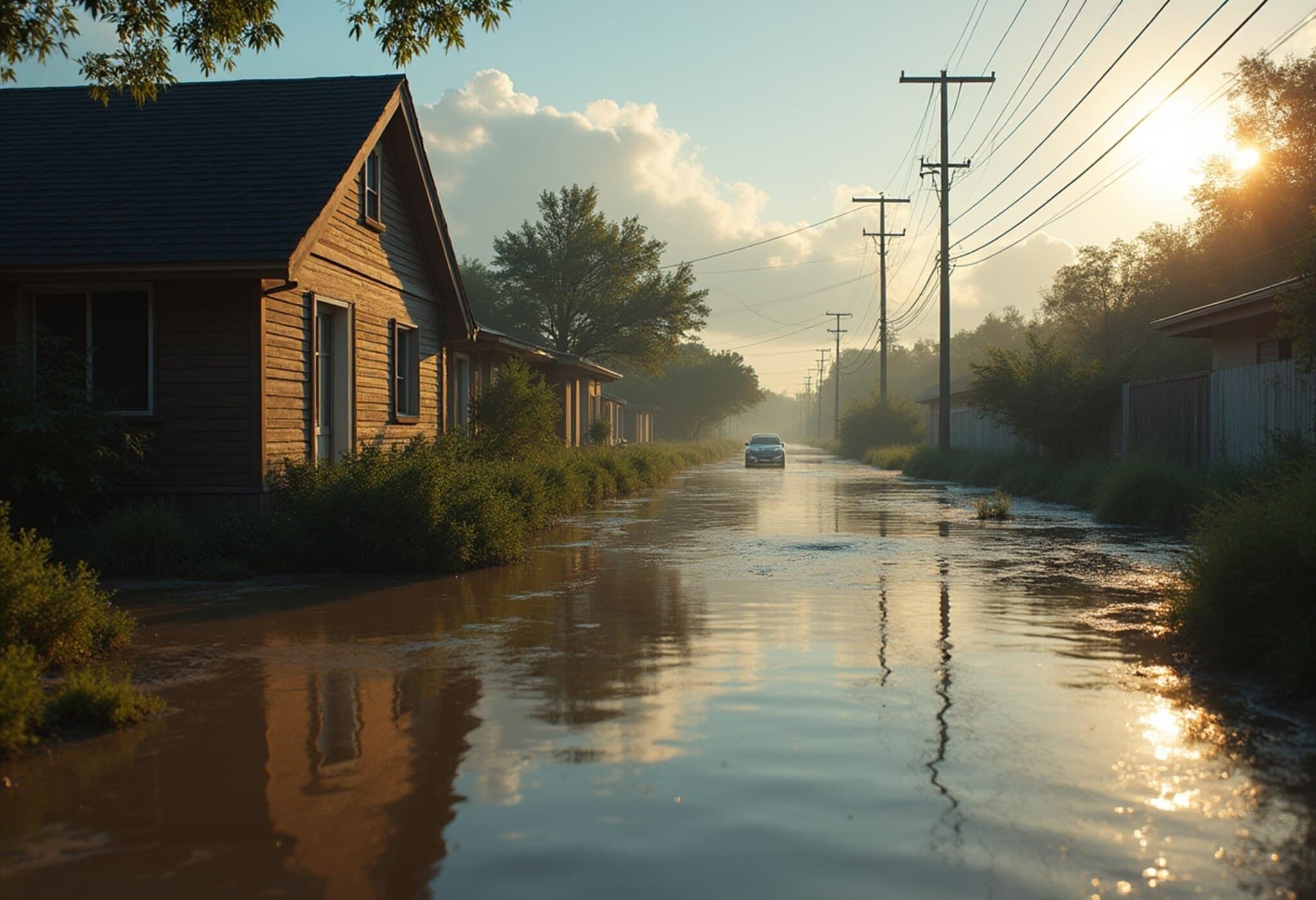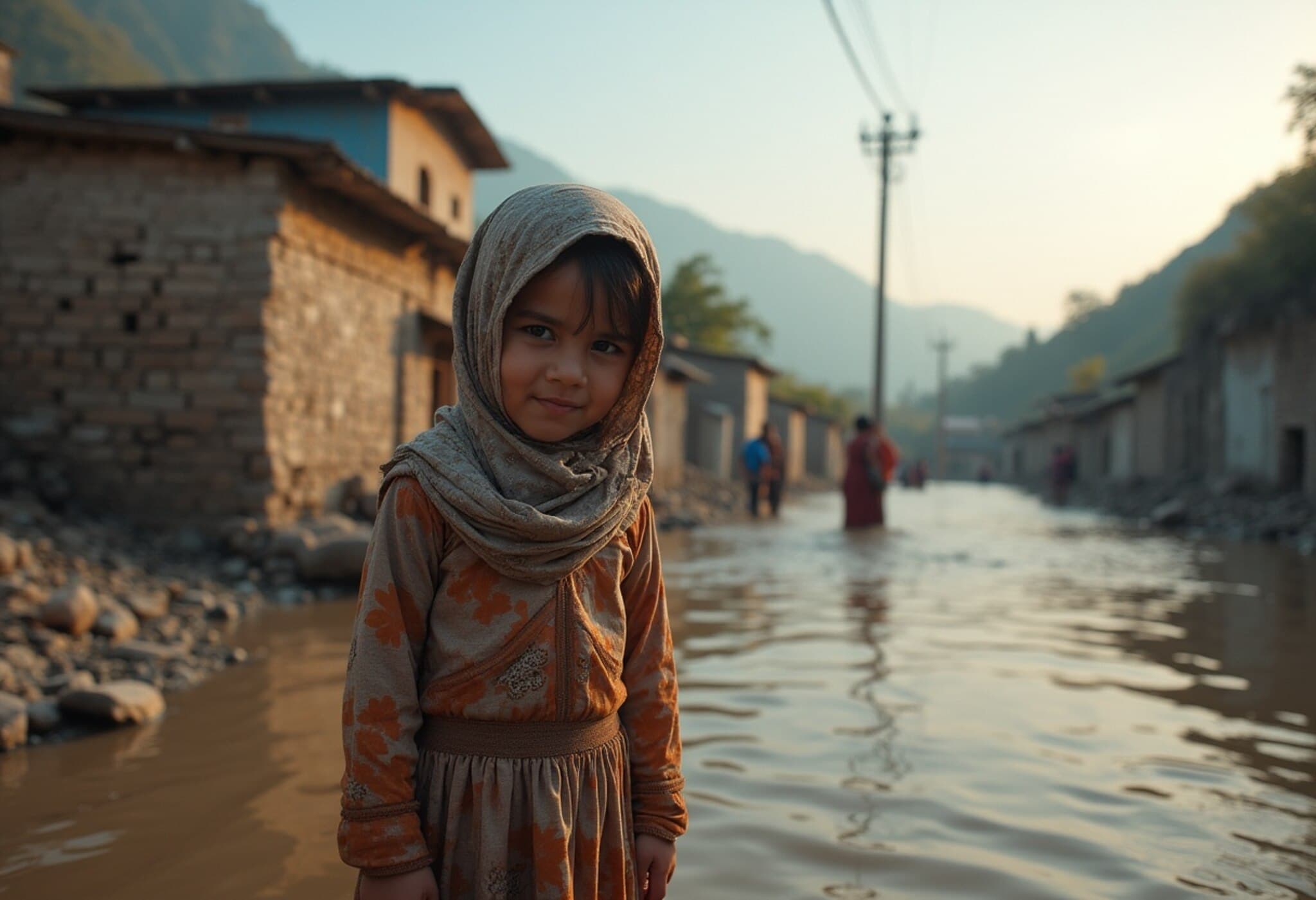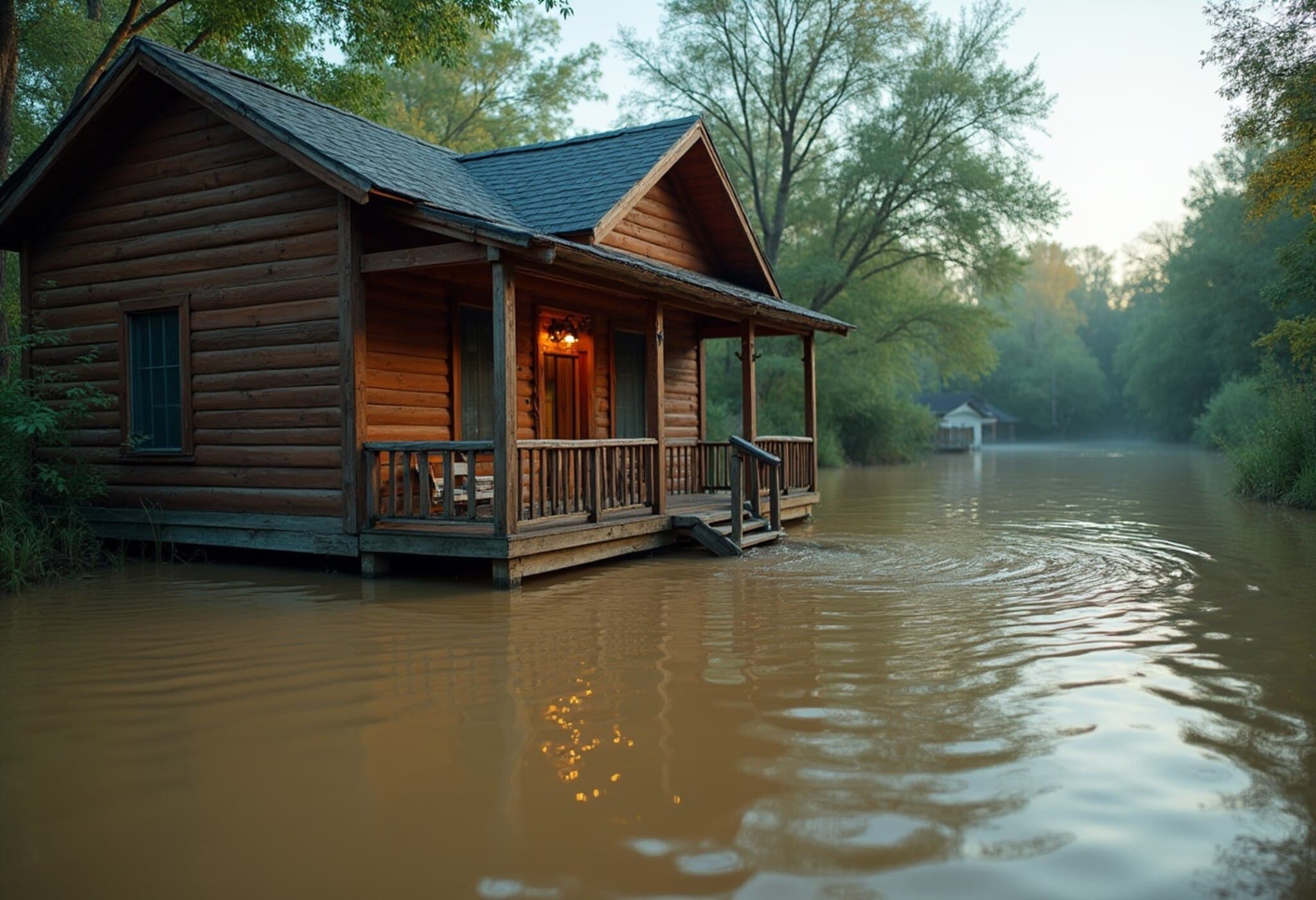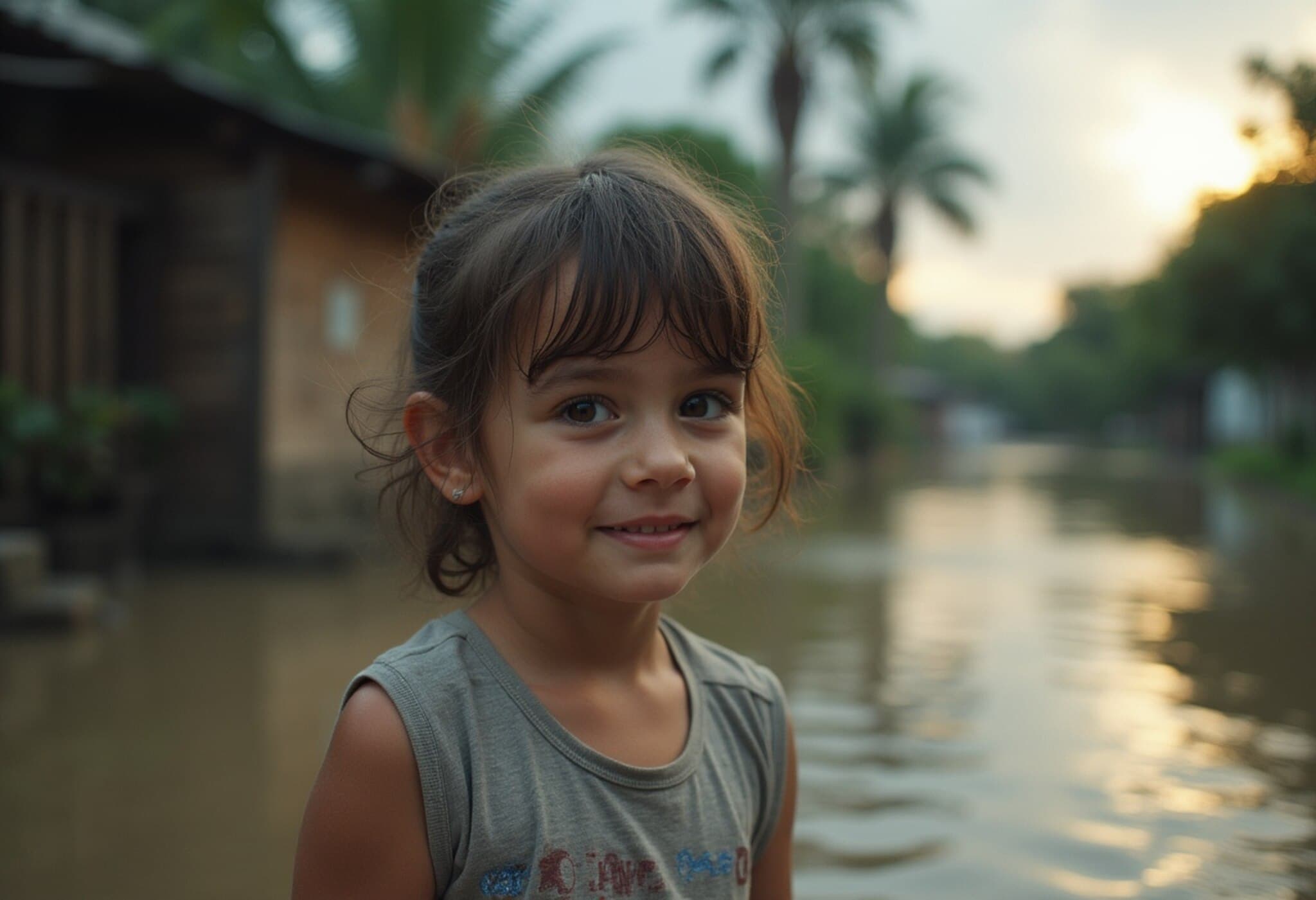President Trump Tours Texas Flood Disaster Area
On Friday, President Donald Trump and First Lady Melania Trump visited the Hill Country region in Texas, which was recently devastated by catastrophic flash flooding that claimed at least 120 lives, including dozens of children. Their visit came amid growing scrutiny over the adequacy of the state and federal disaster response ahead of the Independence Day deluge.
During a roundtable discussion in Kerr County—the heart of the affected area—Trump praised Texas Governor Greg Abbott and Homeland Security Secretary Kristi Noem for their leadership, calling their efforts "incredible" under the dire circumstances.
Swift Flooding Catches Many Off Guard
The floods struck with alarming rapidity in the pre-dawn hours of July 4, turning the normally serene Guadalupe River into a destructive force that surged from under a foot to an unprecedented 34 feet high within hours. The deluge overwhelmed communities along the riverbanks, many of which lie in the so-called "flash flood alley"—a region prone to sudden, deadly floods.
This natural disaster stands as the deadliest since President Trump took office, upending lives and raising urgent questions about preparedness and emergency management.
Controversy Over Government Preparedness and Response
Despite trumpeting successes, the administration faces tough questions about whether earlier warnings and sufficient resources might have mitigated the tragedy. Families affected by the floods expressed frustration over perceived delays and gaps in communication.
When confronted, President Trump responded sharply, deeming such criticisms "very evil" and defending the work done by emergency personnel. Experts and critics, however, point to possible consequences of recent budget cuts to the National Weather Service (NWS) and the Federal Emergency Management Agency (FEMA), agencies central to disaster monitoring and response.
Although officials claim these cuts did not affect storm forecasting capabilities, unanswered questions remain about how these constraints may have limited early warning systems locally. Notably, Kerr County had opted against installing such a system after failing to secure state funding—a decision some locals now regret deeply.
Local Voices Reflect Mixed Reactions
Lawrence Walker, a longtime Kerrville resident, voiced concerns that disaster prevention investments have lagged behind risks. Conversely, Jon Moreno, another resident whose home escaped damage due to higher elevation, suggested that despite warnings, many residents’ choice to settle along flood-prone banks contributed to the disaster’s severity. "It's unavoidable," Moreno remarked. "All those people along the river—I wouldn’t want to live there... It’s too dangerous."
Search Efforts and Missing Persons
Rescue teams continue to comb through debris-strewn areas, but official reports confirm no survivors have been found since the initial flooding. Authorities list more than 160 people as unaccounted for, though experts caution that missing persons numbers often inflate initially in disaster chaos.
The tragic toll includes many campers from Camp Mystic, an all-girls Christian summer retreat established nearly a century ago on the river’s banks.
Political Repercussions and Future Outlook
This disaster comes on the heels of President Trump signing a substantial legislative package reportedly reducing funding for emergency services, igniting criticism that budget cuts may have exacerbated the crisis. In fact, graffiti at a local gas station pointedly accused "Trump's Big Beautiful Bill" of slashing emergency funding just as Texans faced this catastrophe.
Looking ahead, the Texas state legislature has scheduled a special session to investigate the floods and to determine appropriate disaster relief measures. Governor Abbott, however, dismissed calls for blame as "the word choice of losers," signaling a focus on forward-looking solutions rather than fault-finding.
Expert Analysis: What This Means for Disaster Policy
The Texas flooding serves as a sobering reminder of the challenges in balancing budget constraints with the imperative to safeguard vulnerable communities. Experts highlight the critical role of early-warning systems and sufficient investment in emergency management infrastructure, especially in regions known for flash flooding.
Moreover, the incident raises broader questions about federal-state coordination in disaster response and the political appetite for maintaining or downsizing agencies like FEMA. As climate change intensifies weather extremes, the stakes for proactive, well-funded disaster preparedness grow ever higher.
Editor’s Note
This devastating flood in Texas exposes the complexity of disaster management amid fiscal and political constraints. While local leadership has been praised, the tragedy spotlights crucial gaps in early-warning infrastructure and emergency funding—a reality mirrored in many parts of the United States. Readers are encouraged to consider how policy priorities and resource allocation can better protect communities from future catastrophes, especially as climate risks escalate.



















